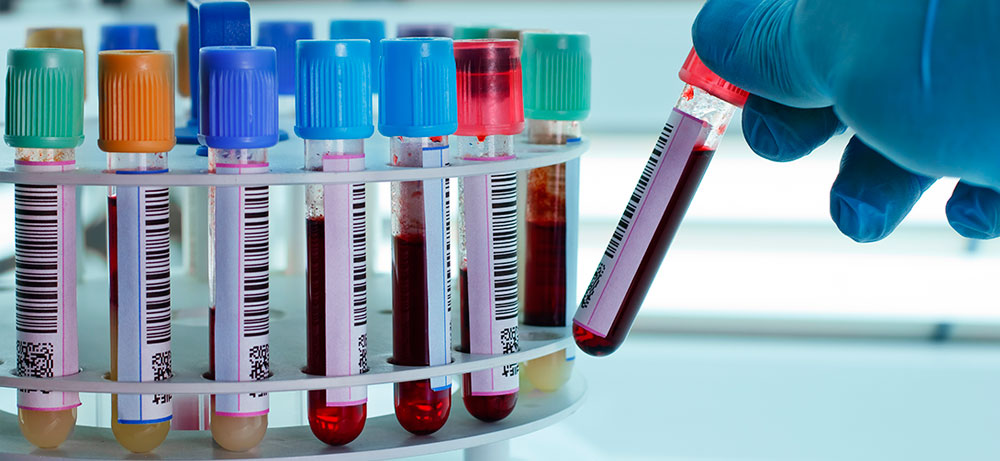
If you are immersed in a fertility treatment we are sure you are familiar with antimüllerian hormone and its importance. However, in the case of the person who is taking the first steps towards the assisted reproduction path, it is possible that you have already heard of this term but maybe you are not aware of its importance as of yet.
Antimüllerian hormone importance
Antimüllerian hormone is a very useful hormone in the assisted reproduction field because it provides important information about the patient to the specialists. It is a substance secreted by ovarian follicles; its analysis allows gaining information about the woman’s available eggs and ovarian reserve. It is extremely important being aware of this information to promptly act when it is required. Here is all you need to know:
- The main function of antimüllerian hormone (AMH) appears during the sexual differentiation in embryo development and because of the responsibility of this substance which distinguishes between female and male reproductive organs when the embryo is in the uterus.
- When woman reaches adulthood, this hormone acquires a useful function in assisted reproduction and it helps to measure ovarian reserve: eggs which are stored in the ovary can be used in the following years. Antimüllerian hormone declines with age.
- AMH levels do not change much throughout the menstrual cycle so it can be measured at any moment of the month.
- The information about this hormone is very useful in assisted reproduction in administering medication; antimüllerian levels in blood can give a prediction of the ovary’s response in IVF/ICSI treatments. Higher levels indicate there will be a high number of eggs while lower levels indicate a decreased ovarian response. When AMH levels are higher than 3.5 ng/ml there is a bigger risk to suffer from ovarian hyperstimulation syndrome.
- Finally, analyzing antimüllerian hormone is very useful for those women who had ovarian surgical intervention or were subjected to chemotherapy or radiotherapy treatments; this allows evaluating ovarian damages which can be caused by these treatments.







